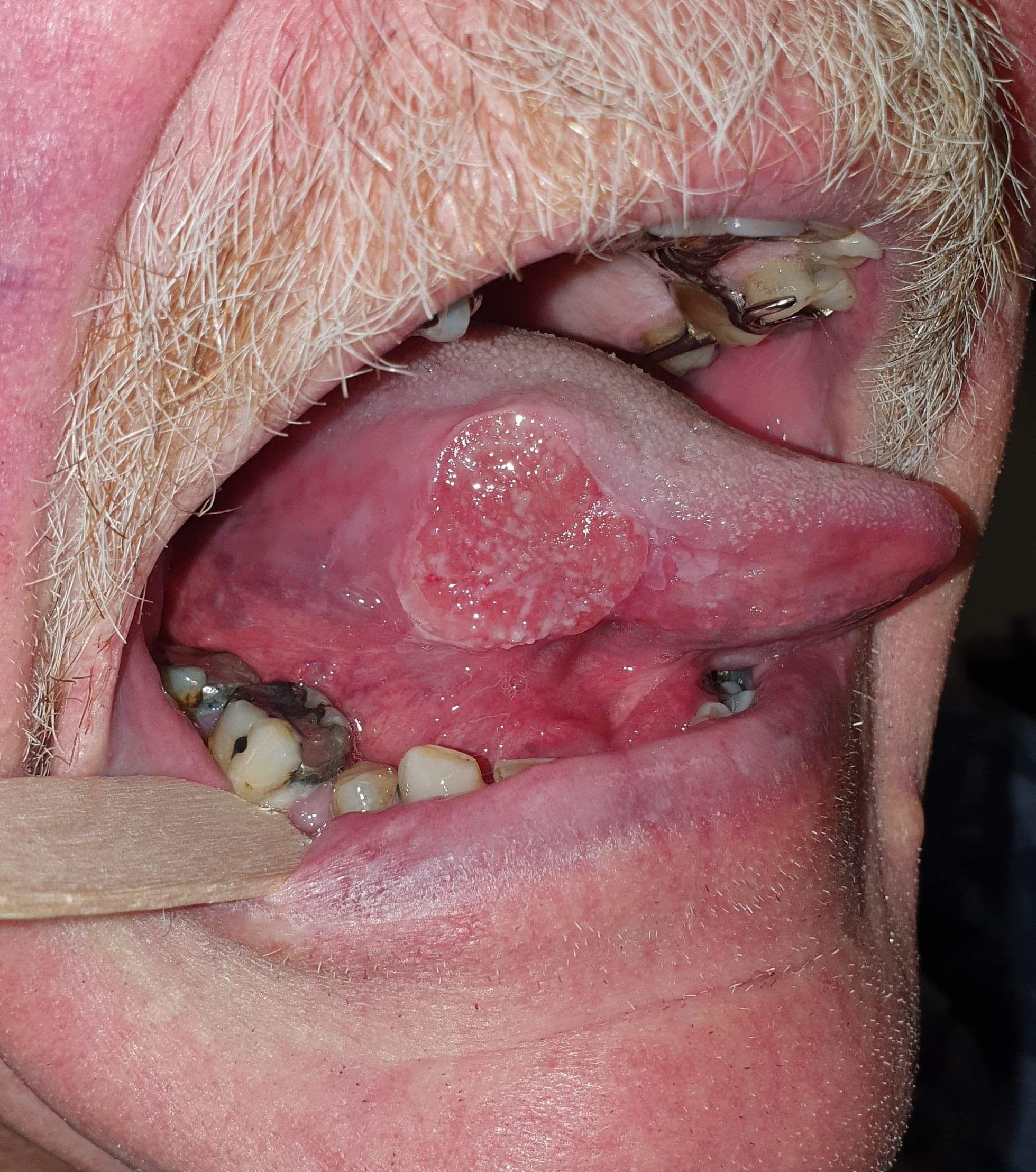Head & Neck
Oral Cancer
Oral cancer, also known as mouth cancer, is the predominant type of head and neck cancer. It primarily occurs in individuals aged sixty and above affecting various parts of the mouth, including the lips, the front portion of the tongue, the roof and floor of the mouth, as well as the oropharynx, which encompasses the rear part of the tongue, the roof of the mouth, the tonsils, and the sides and back of the throat.
What distinguishes potential cancer from benign conditions is that the symptomatic changes do not resolve on their own. If left untreated, oral cancer has the potential to spread to other areas within the mouth and throat, as well as to other regions of the head and neck. More than 60% of individuals diagnosed with oral cavity cancer have known to survive for five years or more after diagnosis.
Cancer of the oral cavity typically manifests as an ulcer, white patch or lump inside the mouth. These lesions can vary in pain level sometimes causing discomfort, while in other cases, being painless. Individuals may also experience difficulties with chewing or swallowing food. Occasionally, a lump in the neck may be the only noticeable symptom of oral cavity cancer.
Generally, oral cancer patients present various signs and symptoms that can resemble common mouth issues or changes. These include patches (white, grey, red or red and white) inside the mouth that cannot be scraped away, which may indicate pre-cancerous conditions. Earache, chronic bad breath, unintentional weight loss and bleeding in the mouth without obvious causes are all signs of cancer. Other symptoms may be numbness; pain or tenderness in the face, neck or mouth without an apparent cause; difficulty chewing, swallowing or speaking; or moving the jaw or tongue.

Diagnosis
Routine dental checkups play a crucial role in the potential detection of oral cancer. Further tests include physical examination and biopsy (collection of cells from suspected area), with the help of imaging such as Ultrasound, CT scan or MRI scan. Based on the findings, treatment recommendations are formulated.
Treatment
Typically, the initial recommendation involves surgical excision of the cancer along with some healthy tissue, often accompanied by a neck dissection. Depending on the final pathology report, radiation therapy and/or chemotherapy may be necessary.
In cases where extensive removal of oral cavity tissue is required, reconstruction is performed using tissue sourced from other areas of the body. Sometimes tissue from the neck can be rotated into place without compromising its blood supply (regional flaps). In more complex scenarios, tissue along with its artery and vein may be taken from a distant location and surgically connected via free flap surgery or microvascular surgery.
For larger cancers, rehabilitation is usually multidisciplinary which involves collaboration with a speech therapist and the involvement of a dietitian and physiotherapist.